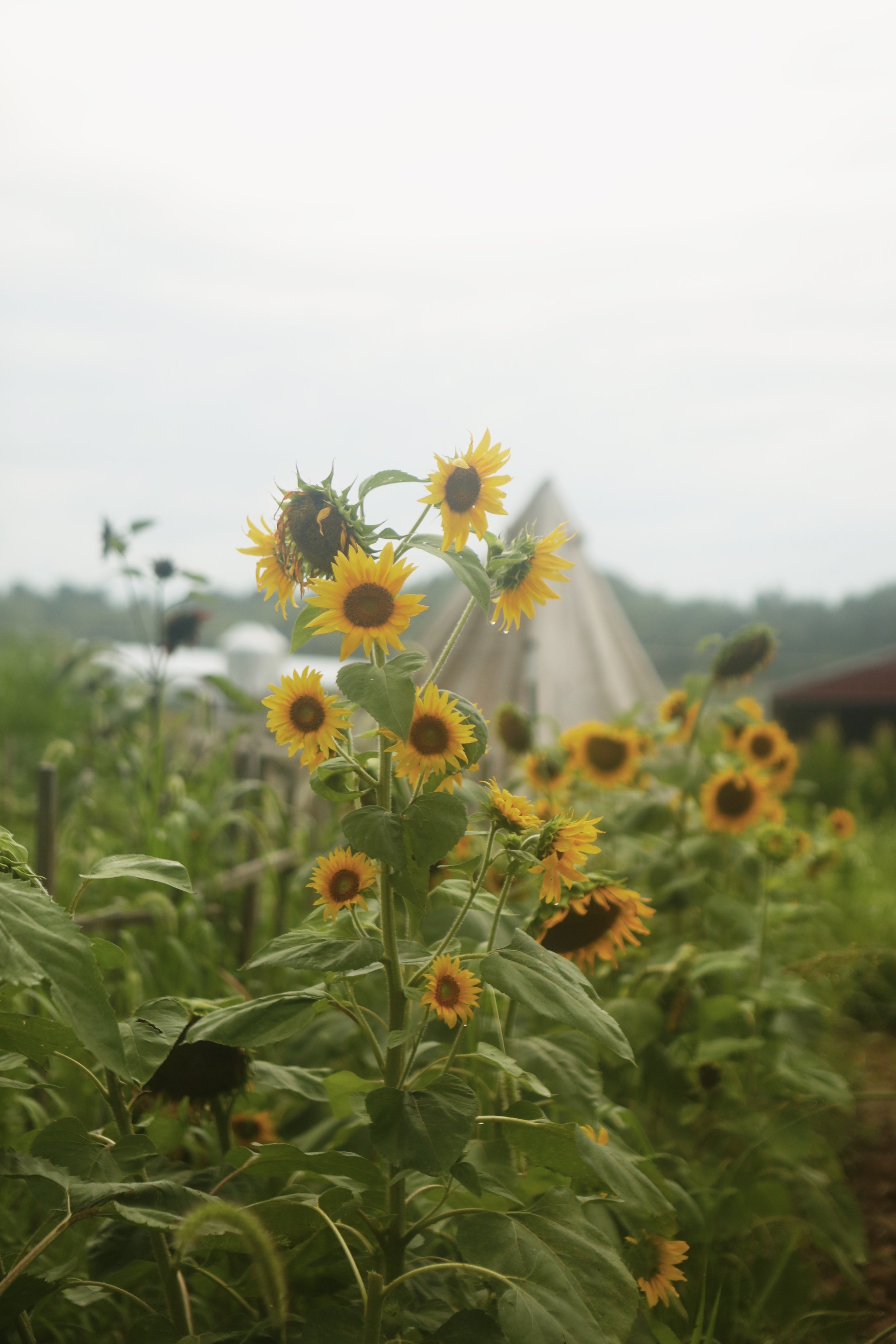Cultivating Sunshine: A Guide to Growing Sunflowers
Ben Ashby
Cultivating Sunshine: A Guide to Growing Sunflowers
Sunflowers, with their vibrant petals and towering stalks, are not just a symbol of summer but a testament to nature's brilliance. Growing sunflowers can be a rewarding experience, bringing a burst of sunshine to your garden. Here's a comprehensive guide to help you cultivate these golden beauties from seed to bloom.
1. Choose the Right Variety:
There are numerous sunflower varieties, each with its unique characteristics. Common types include Giant Sunflowers, Dwarf Sunflowers, and Multi-Headed Sunflowers. Choose a variety that suits your space and aesthetic preferences.
2. Select a Sunlit Spot:
Sunflowers thrive in full sunlight. Choose a location with at least 6 to 8 hours of direct sunlight per day. Ensure the soil is well-draining, as sunflowers don't fare well in waterlogged conditions.
3. Prepare the Soil:
Sunflowers prefer moderately fertile soil. Work in organic matter like compost to enhance soil fertility and improve drainage. A slightly acidic to neutral pH range (6.0–7.5) is ideal.
4. Planting Sunflower Seeds:
Sunflowers are usually grown from seeds directly sown into the soil. Plant the seeds about 1 to 2 inches deep, spaced according to the variety. Larger varieties may require more space.
5. Watering Routine:
Water the seeds thoroughly after planting and maintain consistent moisture during the germination phase. Once established, sunflowers are relatively drought-tolerant, but regular watering helps promote optimal growth.
6. Provide Support for Taller Varieties:
Some sunflower varieties can reach impressive heights. Consider providing support for taller varieties by staking or using garden twine to prevent them from toppling over in strong winds.
7. Fertilize Moderately:
Sunflowers generally don't require excessive fertilization. A balanced, all-purpose fertilizer applied during planting and once during the growing season is usually sufficient.
8. Weed Control:
Keep the area around your sunflowers free from weeds, as they can compete for nutrients and water. Mulching can help suppress weeds and retain soil moisture.
9. Deadheading for Continuous Blooms:
Deadhead spent flowers regularly to encourage continuous blooming. This also redirects energy to the growth of new blooms rather than seed production.
10. Harvesting Sunflower Seeds: - Harvest sunflower seeds when the flower heads have matured and the back of the head turns yellow or brown. Cut the heads and allow them to dry in a well-ventilated area. Extract seeds for snacking or save them for planting the following season.
11. Enjoying Your Sunflowers: - Once your sunflowers are in full bloom, take the time to enjoy their radiant beauty. Whether used as cut flowers, a backdrop for your garden, or a source of seeds for wildlife, sunflowers bring joy and brightness to any space.
Growing sunflowers is a delightful journey that allows you to witness nature's brilliance unfold in your own backyard. With proper care and attention, your sunflower patch can become a beacon of sunshine, adding a touch of warmth and cheer to your outdoor space.









